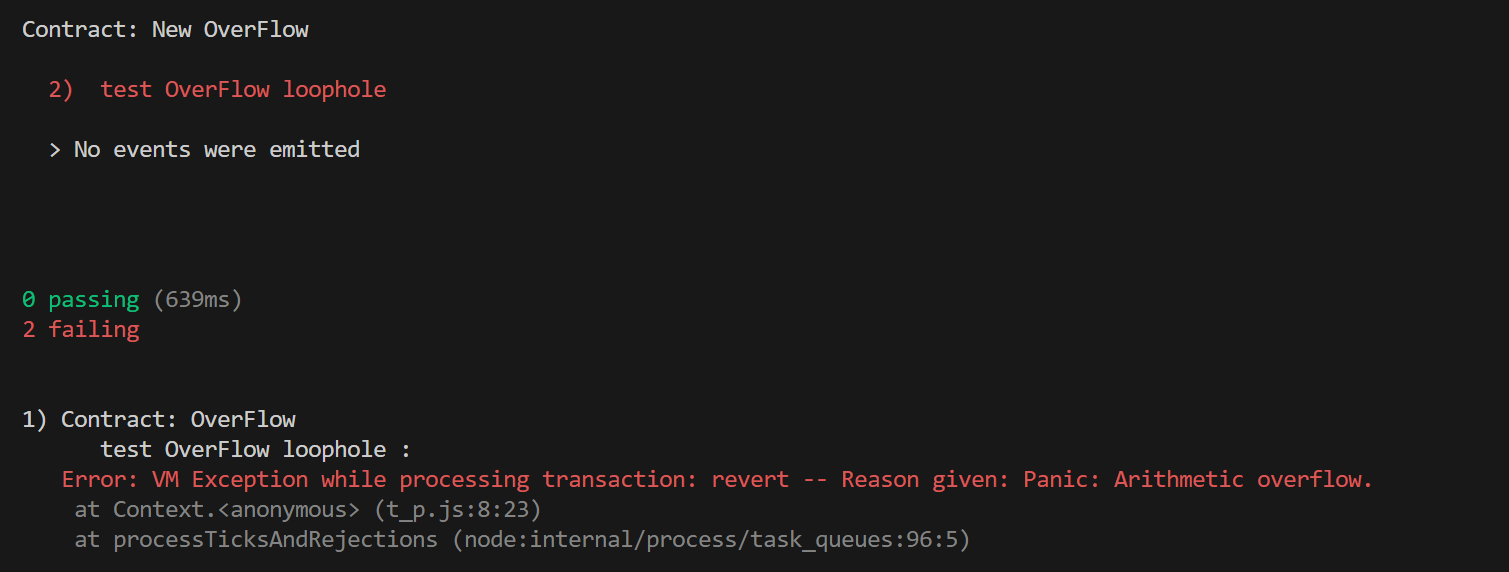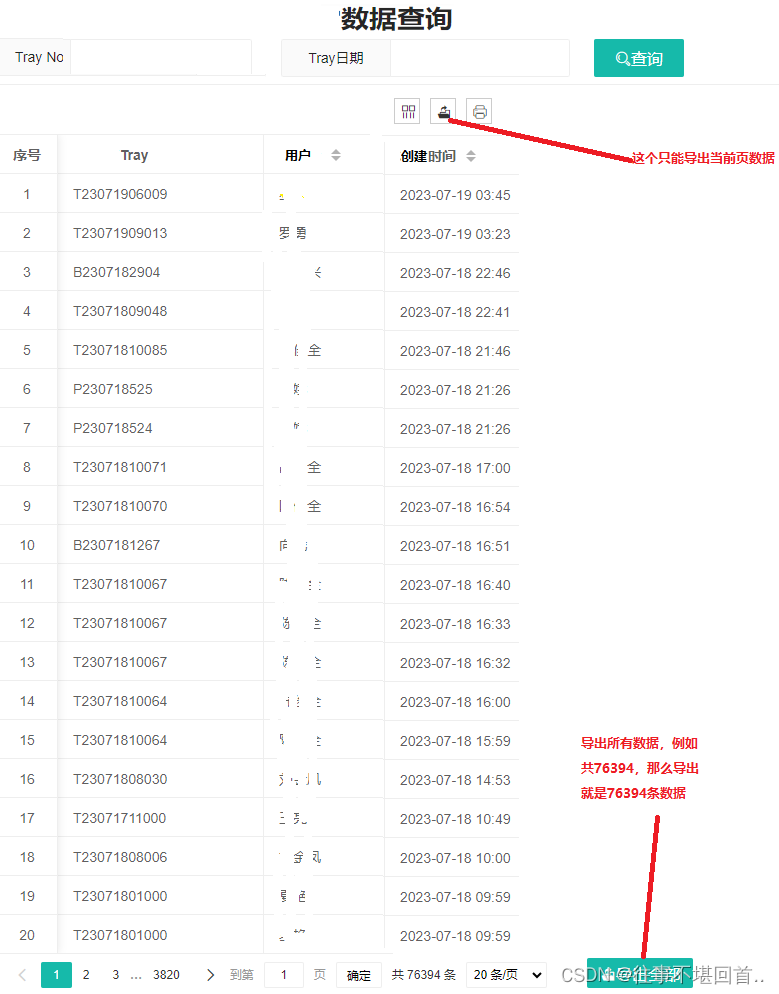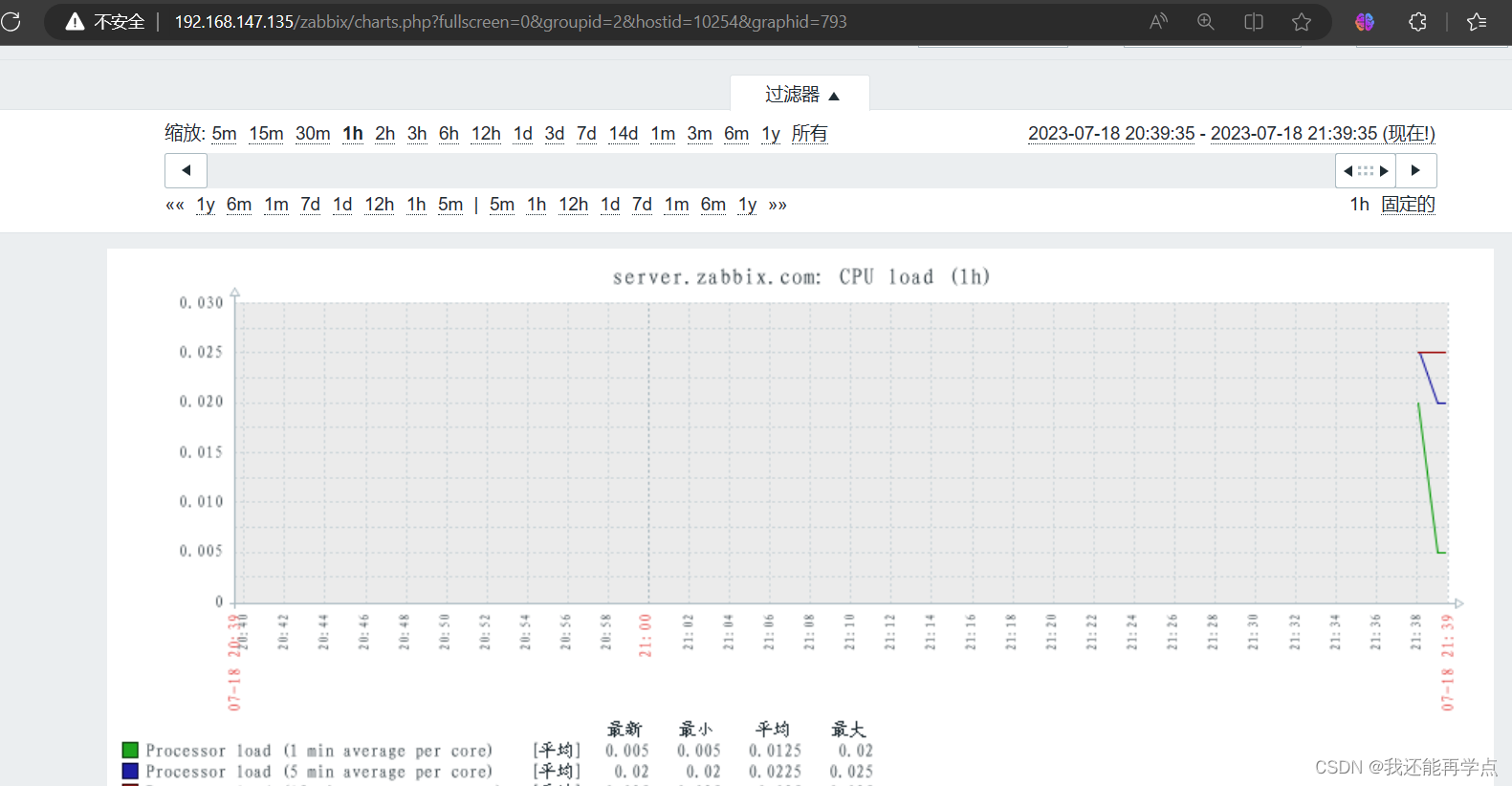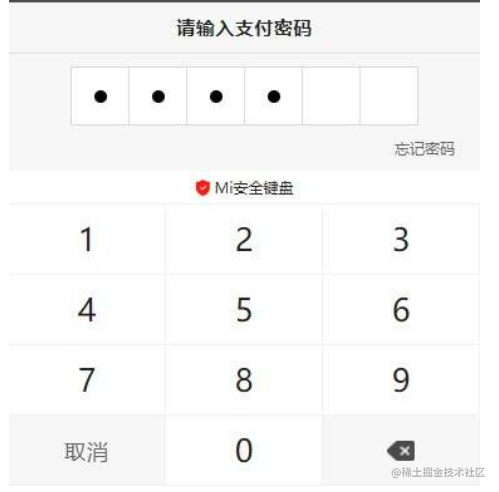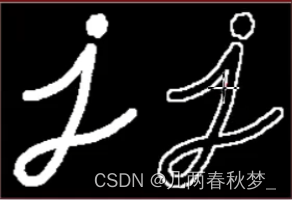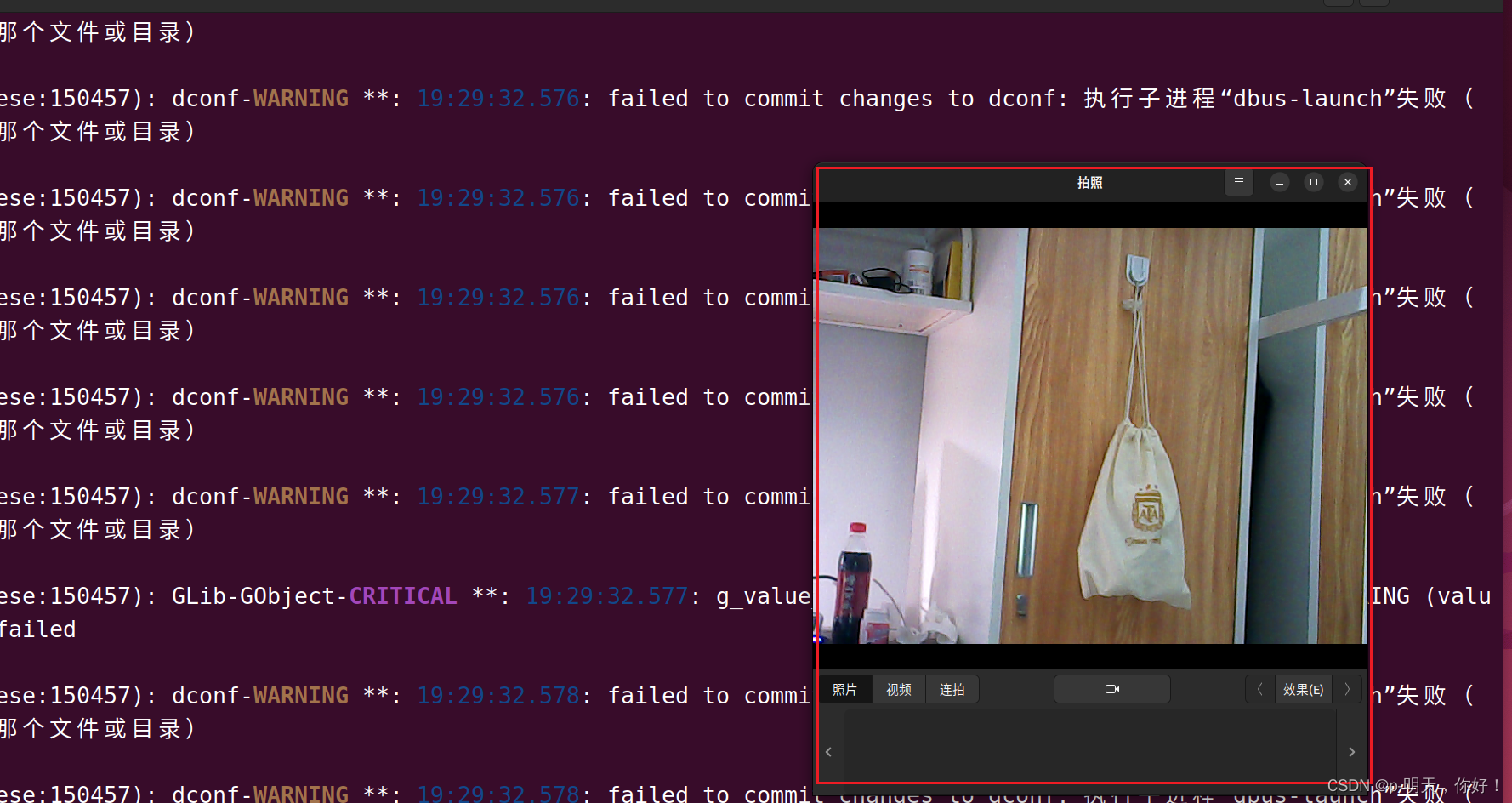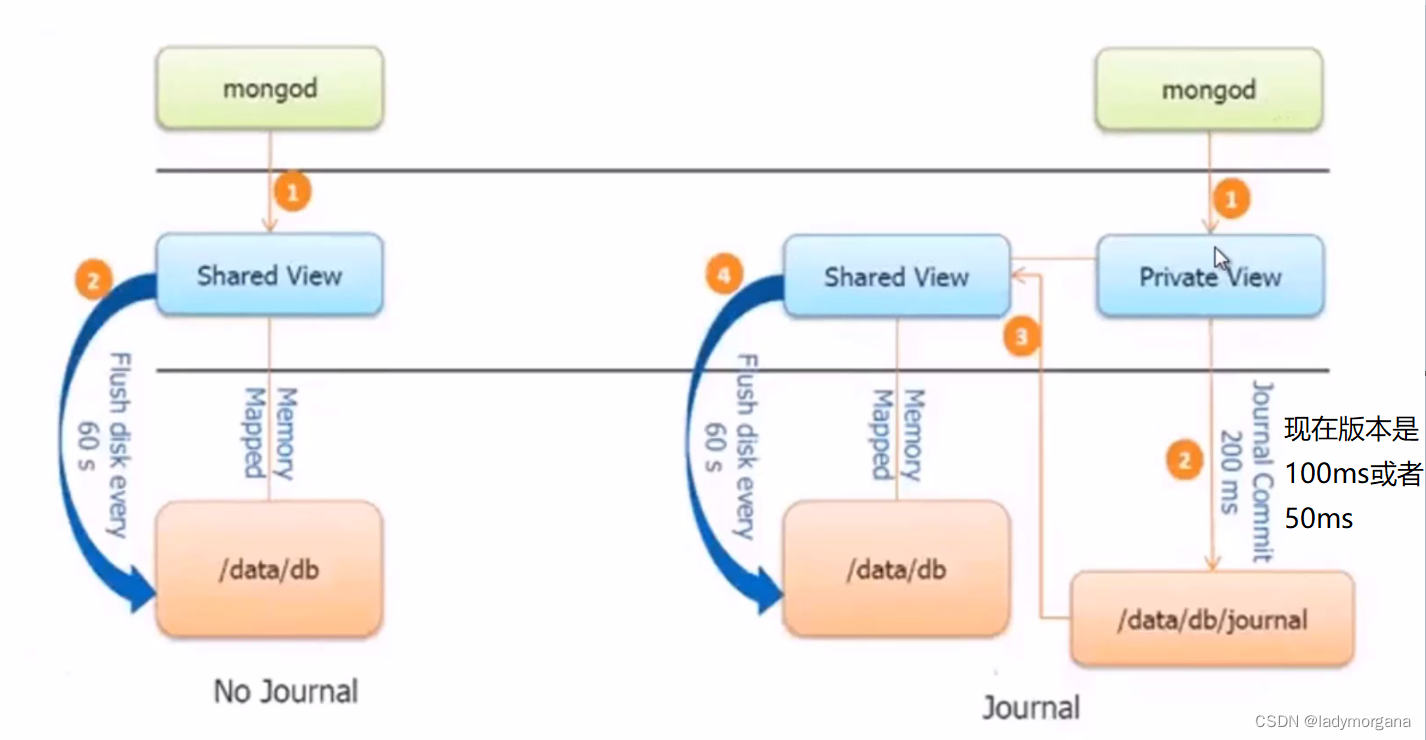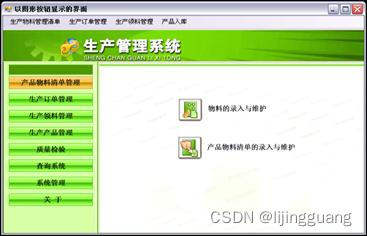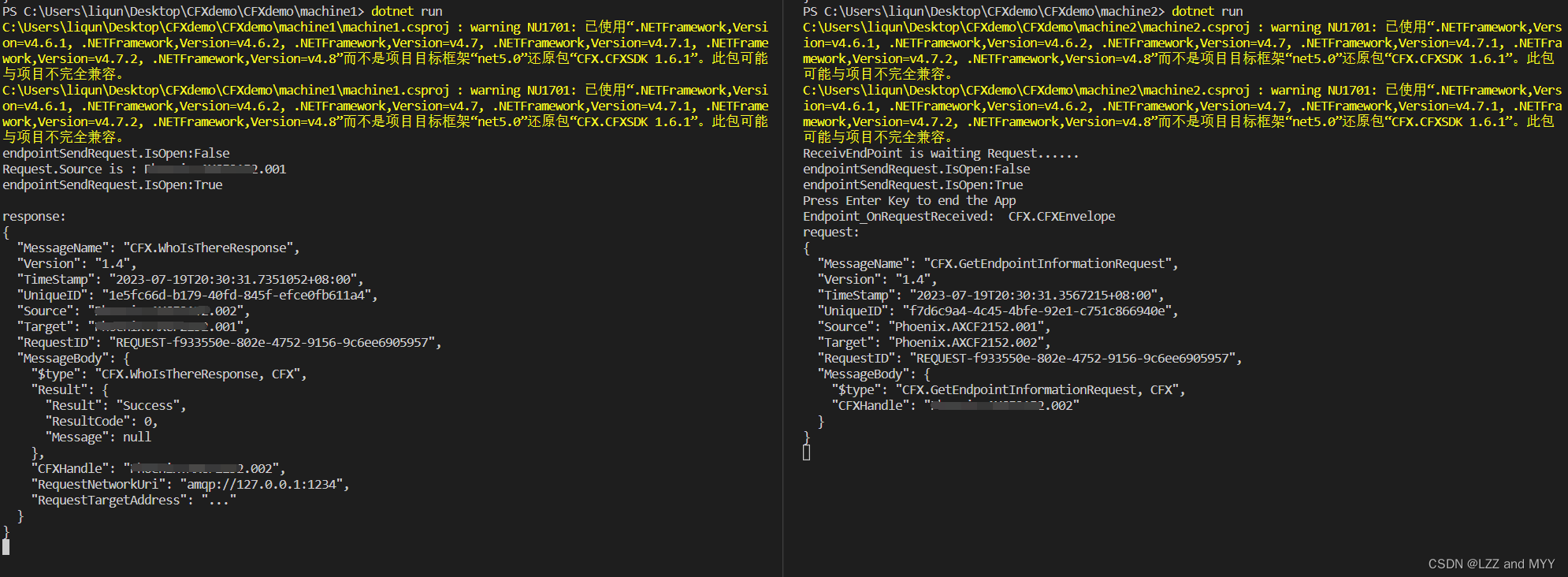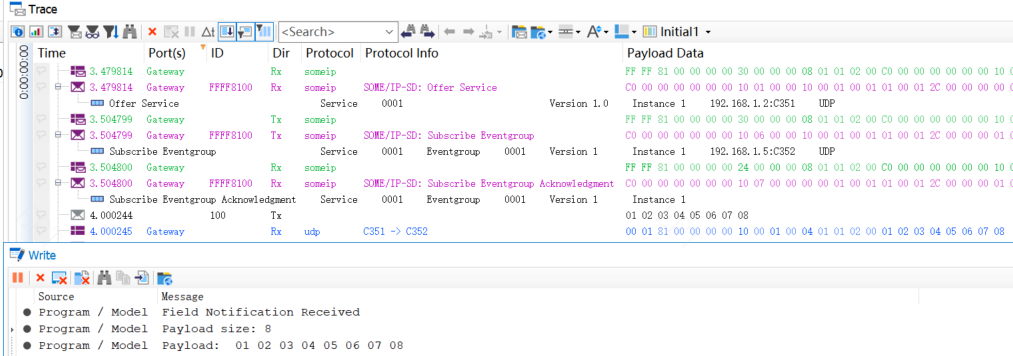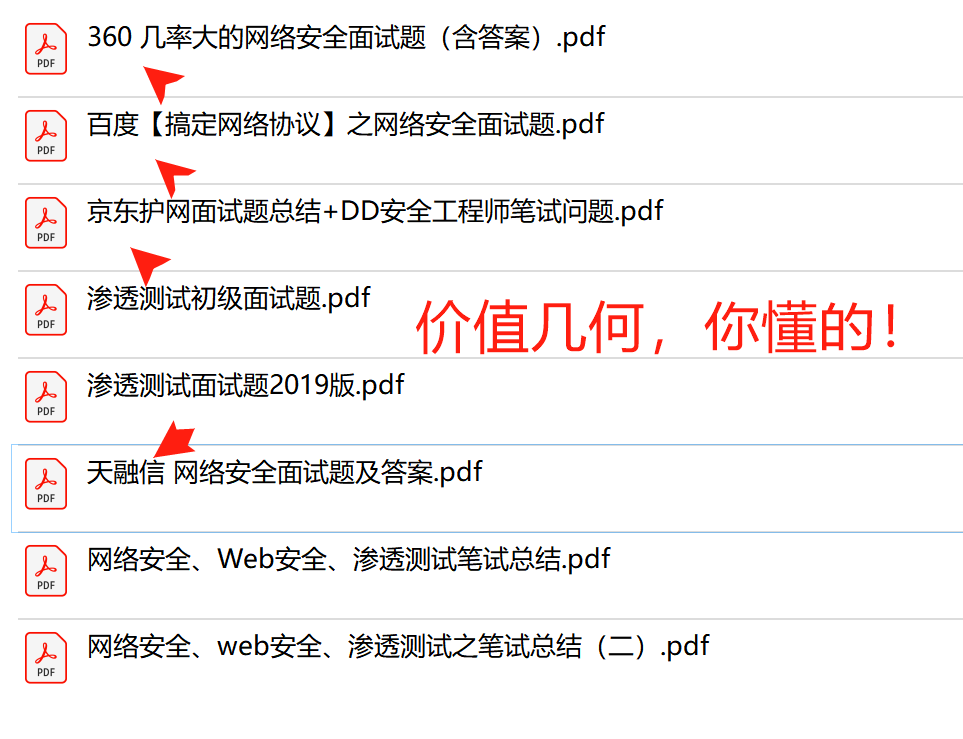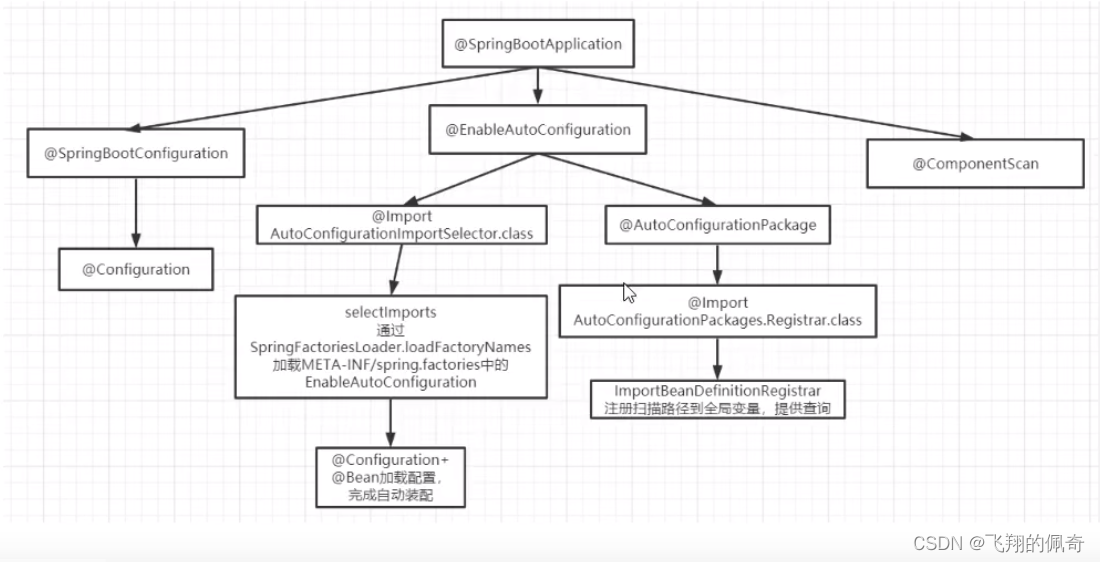目录
概述
二十、SelectMany
二十一、Aggregate
二十二、DistinctBy
二十三、Reverse
二十四、SequenceEqual
二十五、Zip
二十六、SkipWhile
二十七、TakeWhile
C# Linq 详解一
1.Where
2.Select
3.GroupBy
4.First / FirstOrDefault
5.Last / LastOrDefault
C# Linq 详解二
1.OrderBy
2.OrderByDescending
3.Skip
4.Take
5.Any
6.All
C# Linq 详解三
1.Sum / Min / Max / Average
2.Distinct
3.Concat
4.Join
5.ToList
6.ToArray
7.ToDictionary
C# Linq 详解四
1.SelectMany
2.Aggregate
3.DistinctBy
4.Reverse
5.SequenceEqual
6.Zip
7.SkipWhile
8.TakeWhile
C# Linq 详解一_熊思宇的博客-CSDN博客
C# Linq 详解二_熊思宇的博客-CSDN博客
C# Linq 详解三_熊思宇的博客-CSDN博客
概述
语言集成查询 (LINQ) 是一系列直接将查询功能集成到 C# 语言的技术统称。 数据查询历来都表示为简单的字符串,没有编译时类型检查或 IntelliSense 支持。 此外,需要针对每种类型的数据源了解不同的查询语言:SQL 数据库、XML 文档、各种 Web 服务等。 借助 LINQ,查询成为了最高级的语言构造,就像类、方法和事件一样。
对于编写查询的开发者来说,LINQ 最明显的“语言集成”部分就是查询表达式。 查询表达式采用声明性查询语法编写而成。 使用查询语法,可以用最少的代码对数据源执行筛选、排序和分组操作。 可使用相同的基本查询表达式模式来查询和转换 SQL 数据库、ADO .NET 数据集、XML 文档和流以及 .NET 集合中的数据。
二十、SelectMany
SelectMany 用于将嵌套的集合展开成一个扁平的序列
这个解释有点难以理解,用案例来解释最好不过了
using System;
using System.Collections.Generic;
using System.Linq;
namespace LinqTest
{
internal class Program
{
static void Main(string[] args)
{
List<Student> students = new List<Student>
{
new Student { Id = 1, Name = "John", Courses = new List<string> { "Math", "English" } },
new Student { Id = 2, Name = "Jane", Courses = new List<string> { "Science", "History" } },
new Student { Id = 3, Name = "Mike", Courses = new List<string> { "Art", "Music" } }
};
var allCourses = students.SelectMany(s => s.Courses);
foreach (var course in allCourses)
{
Console.WriteLine(course);
}
Console.ReadKey();
}
}
class Student
{
public int Id { get; set; }
public string Name { get; set; }
public List<string> Courses { get; set; }
}
}运行:

二十一、Aggregate
使用指定的累加器函数对序列中的元素进行累积计算。
using System;
using System.Collections.Generic;
using System.Linq;
namespace LinqTest
{
internal class Program
{
static void Main(string[] args)
{
int[] numbers = { 1, 2, 3, 4, 5 };
int sum = numbers.Aggregate((acc, num) => acc + num);
Console.WriteLine("结果:{0}", sum);
Console.ReadKey();
}
}
}运行:

在 Aggregate((acc, num) => acc + num) 这句可以看到,有两个参数,是这样,它是先取两个参数,1 + 2 = 3,第二次再拿 3 + 3 = 6,如此类推,最终的结果等于 15
二十二、DistinctBy
DistinctBy 是一个自定义的扩展方法,它用于按照指定的属性或条件对序列中的元素进行去重操作。
去重操作,看的有点蒙,其实就是去除重复的元素,这个方法用法也是花样很多,可以搜到很多种玩法,只是我基本不用的,哈哈。
using System;
using System.Collections.Generic;
using System.Linq;
namespace LinqTest
{
internal class Program
{
static void Main(string[] args)
{
List<Person> people = new List<Person>
{
new Person { Id = 1, Name = "John" },
new Person { Id = 2, Name = "Jane" },
new Person { Id = 3, Name = "John" }
};
var distinctPeople = people.DistinctBy(p => p.Name);
foreach (var person in distinctPeople)
{
Console.WriteLine(person.Name);
}
Console.ReadKey();
}
}
class Person
{
public int Id { get; set; }
public string Name { get; set; }
}
public static class EnumerableExtensions
{
public static IEnumerable<TSource> DistinctBy<TSource, TKey>(
this IEnumerable<TSource> source,
Func<TSource, TKey> keySelector)
{
HashSet<TKey> seenKeys = new HashSet<TKey>();
foreach (TSource element in source)
{
if (seenKeys.Add(keySelector(element)))
{
yield return element;
}
}
}
}
}运行:

二十三、Reverse
将序列中的元素按照相反的顺序返回。
这个非常简单,直接上案例
using System;
using System.Collections.Generic;
using System.Linq;
namespace LinqTest
{
internal class Program
{
static void Main(string[] args)
{
int[] numbers = { 1, 2, 3, 4, 5 };
var reversedNumbers = numbers.Reverse();
foreach (var number in reversedNumbers)
{
Console.WriteLine(number);
}
Console.ReadKey();
}
}
}运行:

二十四、SequenceEqual
SequenceEqual 用于比较两个序列是否相等。
这个方法,两个数组必须一模一样才会返回 true,而且类型也必须一样
using System;
using System.Collections.Generic;
using System.Linq;
namespace LinqTest
{
internal class Program
{
static void Main(string[] args)
{
int[] numbers1 = { 1, 2, 3, 4, 5 };
int[] numbers2 = { 1, 2, 3, 4, 5 };
bool areEqual = numbers1.SequenceEqual(numbers2);
Console.WriteLine(areEqual);
Console.ReadKey();
}
}
}运行:
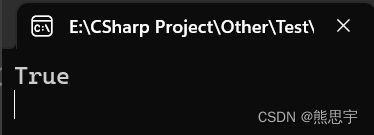
二十五、Zip
zip 用于将两个序列按照索引位置进行配对。
下面这个案例中,把两个数组一对一进行相加,并根据原来的下标,重新生成了一个新的数组
using System;
using System.Collections.Generic;
using System.Linq;
namespace LinqTest
{
internal class Program
{
static void Main(string[] args)
{
int[] numbers1 = { 1, 2, 3 };
int[] numbers2 = { 10, 20, 30 };
var zippedNumbers = numbers1.Zip(numbers2, (n1, n2) => n1 + n2);
foreach (var number in zippedNumbers)
{
Console.WriteLine(number);
}
Console.ReadKey();
}
}
}运行:
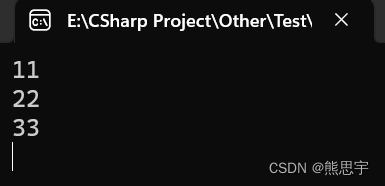
二十六、SkipWhile
SkipWhile 用于跳过序列中满足指定条件的元素,直到遇到第一个不满足条件的元素。
注意这里,是不满足条件,下面的案例中,n 指的就是数组中的每个元素,在遍历到 n 不满足 n < 3 这个条件时,才开始返回集合。
using System;
using System.Collections.Generic;
using System.Linq;
namespace LinqTest
{
internal class Program
{
static void Main(string[] args)
{
int[] numbers = { 1, 2, 3, 4, 5 };
var skippedNumbers = numbers.SkipWhile(n => n < 3);
foreach (var number in skippedNumbers)
{
Console.WriteLine(number);
}
Console.ReadKey();
}
}
}运行:

二十七、TakeWhile
TakeWhile 用于获取序列中满足指定条件的连续元素,直到遇到第一个不满足条件的元素。
TakeWhile 和 SkipWhile 刚好相反,用起来也是比较简单的。
using System;
using System.Collections.Generic;
using System.Linq;
namespace LinqTest
{
internal class Program
{
static void Main(string[] args)
{
int[] numbers = { 1, 2, 3, 4, 5 };
var takenNumbers = numbers.TakeWhile(n => n < 4);
foreach (var number in takenNumbers)
{
Console.WriteLine(number);
}
Console.ReadKey();
}
}
}运行:
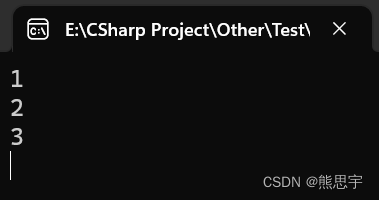
end
